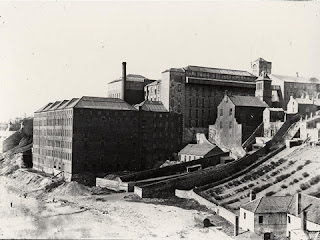Fibonacci
Spent some time looking at snail shells and seeing if their shape follows the Fibonacci sequence. We then did some reading about Leonardo Fibonacci of Pisa and his famous series of numbers - 0, 1, 1, 2, 3, 5, 8, 13, 21, 34, 55, 89..... Fibonacci numbers crop up frequently in nature, for example in pine cones, pineapple skin, broccoli florets, and cauliflowers. They also appear in leaves, branches and stalks.
This afternoon we collected our latest library request - The Adventures of Penrose the mathematical cat. I am hoping it will show Thea that there is more to math than just addition, subtraction, multiplication and division. James found an interesting book - The Science of Air, one of the Tabletop Scientist publications. Judging by his enthusiasm I think he wants to have a go at every experiment in the book!


Comments